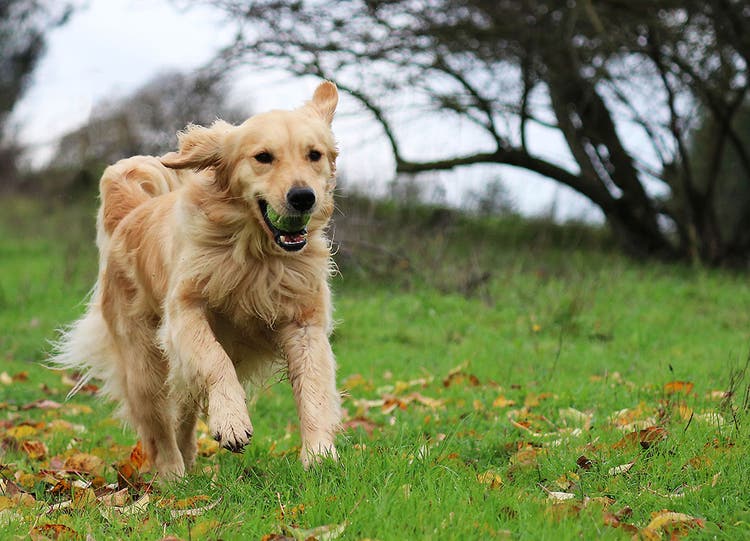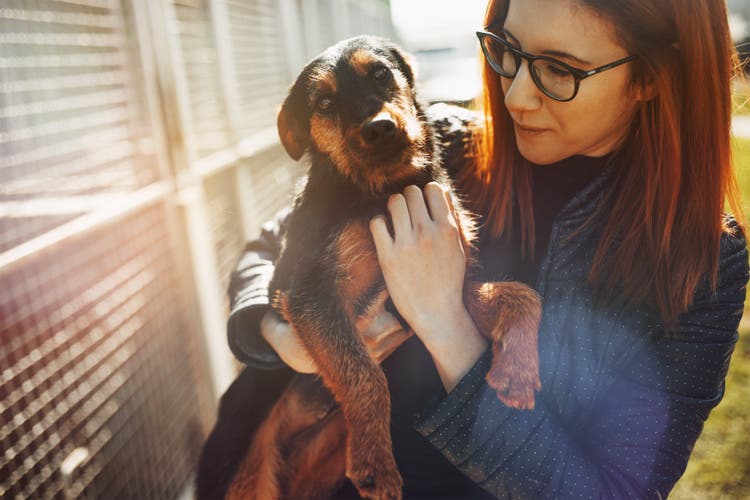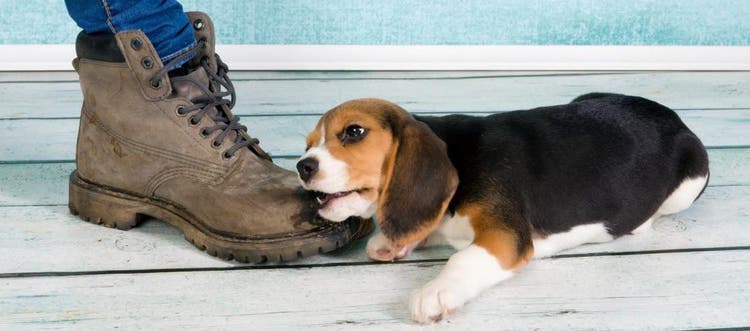Our pets are members of our families, so of course we’d love to take them with us on all our holidays and trips. There are, however, a number of logistics you’ll need to consider before making the decision whether or not to travel with your pet. Safely including your beloved dog or cat in your travels requires proper planning and organization.
The following are six tips to help take the stress out of travelling with pets. We invite you to use these handy recommendations to help you get started.
1. Consider if this trip is in your pet’s best interests
Travel can be stressful for animals as well as humans, so before you start planning the trip with your pet, ask yourself some important questions:
- Is your pet easily stressed?
- Is your pet old or frail?
- Would your pet be distressed in a crate or carrier?
You know your pet better than anyone, so you’re the best judge of whether your buddy is up to the challenges of travelling. If you’re not sure, seek the advice of your veterinarian. If you do decide that the trip would be too hard on your pet, it’s kinder to make arrangements for them to be cared for while you are away.
If, however, you do decide to bring Fido or Fluffy along, make sure your itinerary will be pet-friendly from beginning to end. Verify with the hotels, airlines, ferries and coach companies you plan to use, ahead of time, and ensure they allow pets. Make sure your pet is welcome before you book any non-refundable accommodations or services.
2. Know the rules and regulations about your destination
You will need to research the rules and regulations of your destination. Many countries have strict policies on foreign pets entering their country. Make sure you have researched and complied with all of their regulations, including vaccinations and health verifications.
Consider the following questions when planning your trip:
- Are you travelling within Canada or to another country? If you’re travelling internationally with pets does your destination require paperwork or permits for your pet?
- What vaccinations (and proof of vaccinations), health certificates and other documentation does your pet require to enter the country?
- Has your pet been microchipped?
- What, if any, quarantine arrangements do you need to make?
- Is your pet or breed of dog banned from entering the country?
The answer to many of these questions can be found online. Airlines, airports and government agencies often have departments dedicated to travel regulations for pets. You could need to visit your vet before travelling to get a completed health certificate, additional vaccinations or copies of your cat or dog’s medical records. All of this can take time, so make sure you plan a visit to your veterinarian well before your scheduled departure.
For specific carriers, some information may be found at:
- Air Canada: travelling with pets:
https://www.aircanada.com/ca/en/aco/home/plan/special-assistance/pets.html - Travelling with pets on American Airlines (AA):
https://www.aa.com/i18n/travel-info/special-assistance/pets.jsp - United Airlines (United): travelling with pets:
https://www.united.com/ual/en/us/fly/travel/animals.html - Westjet: travelling with pets:
https://www.westjet.com/en-ca/pets - Amtrak: travelling with pets:
https://www.amtrak.com/pets
For the entry qualifications of specific countries, you can begin by visiting:
- Travelling with pets: USA:
https://www.aphis.usda.gov/aphis/pet-travel/bring-pet-into-the-united-states - Travelling with pets to Mexico:
https://consulmex.sre.gob.mx/montreal/index.php/en/foreigners/services-foreigners/312-taking-pets-to-mexico - Travelling internationally with pets:
https://travel.gc.ca/travelling/health-safety/pets
https://www.inspection.gc.ca/animal-health/terrestrial-animals/exports/pets/eng/1321265624789/1321281361100 - Travelling to Canada with pets:
https://travel.gc.ca/returning/customs/bringing-your-pet-to-canada
3. How will your pet travel with you?
If you’re planning to travel by plane or boat, you will likely need to put your pet in a crate or carrier (certain exceptions apply to dogs on some ferry routes). If your pet is not used to spending time in their carrier, this can be an added source of stress. Take the time to get your pet used to the crate in the weeks and months leading up to your trip. Place your pet’s favourite toys or treats inside the crate or carrier to encourage them to see it as a safe place where they can rest or nap.
For more tips on getting your dog used to travelling in a crate you can consult the following article, “Crate Training Guide”, issued by the Ottawa Humane Society
https://ottawahumane.ca/your-pet/animal-tips/crate-training/crate-training-guide/
If you are travelling by air, you will need to make sure your pet’s crate meets the International Air Transport Association (IATA) requirements. If the crate or carrier will go in a cargo hold make sure it has a waterproof bottom, adequate ventilation and a strong, secure lock.
For more information, you may want to visit https://www.iata.org/en/programs/cargo/live-animals/pets/
4. Consider bathroom breaks and rest stops
If you are travelling by car, make sure you have mapped out spots along your route for your dog or cat to relieve itself.
Dogs generally need at least three to five bathroom breaks per day, but this amount may increase if your dog is nervous or has been drinking more water.
If you are travelling with your cat, give them the chance to use the litter box every four to six hours. Travel may increase the stress levels in your cat, so ensure that all areas are secure before you let your cat out of their crate to use the litter box and have a drink.
If your pet is travelling via plane or other modes of transportation where they will be separated from you, ensure you have a crate big enough for your animal to relieve themselves away from where they sleep. Place a litter box or a puppy pad in a corner of their crate and make sure it is secured and will not fall or slide on to your pet.
5. Understand the health risks of travelling with your pet
Schedule a visit to your vet to discuss your pet’s general health and suitability to travel. You may also want to research pet and animal hospitals near your destination, in case of emergencies.
Your pet may confront different parasites abroad than they do at home. Ask your veterinarian to recommend a product that will prevent or combat the common parasites your pet may encounter on your travels.
6. Stock up on pet essentials before your trip
Make a list of everything your pet will need. This could include:
- A name tag (with your mobile phone number)
- Food and treats
- Any regular medications your pet requires
- An up-to-date copy of your pet’s medical records
- Water and food dishes for travelling
- A brush and grooming tools
- One or two favourite toys
- A leash and harness for dogs
- An old towel or sheet to cover hotel furniture
- A picture of your pet, in case you lose them
Travelling with a pet definitely requires more planning, but with the proper preparation you can enjoy a worry-free holiday with all the members of your family.
Bon voyage!









